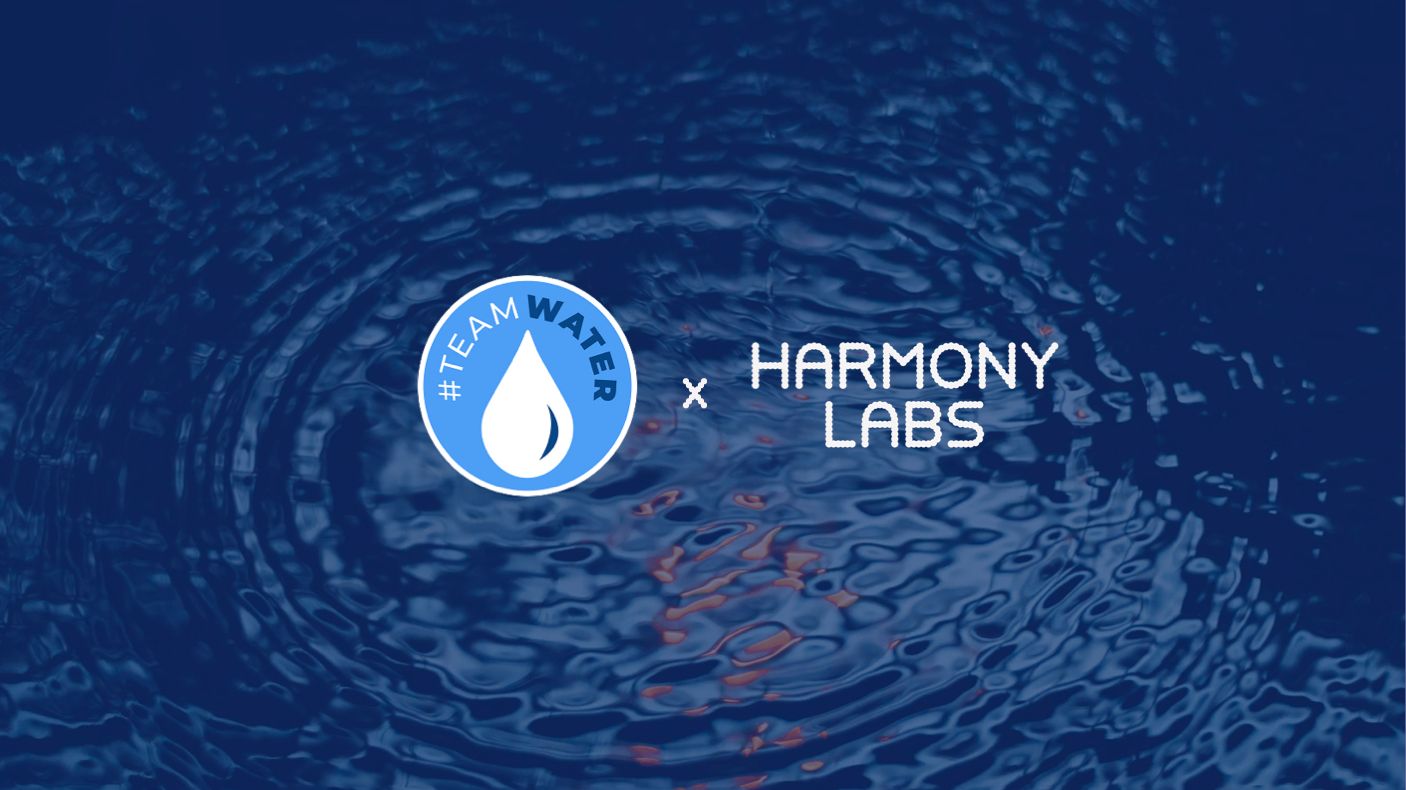Four Principles For Building Power in Media

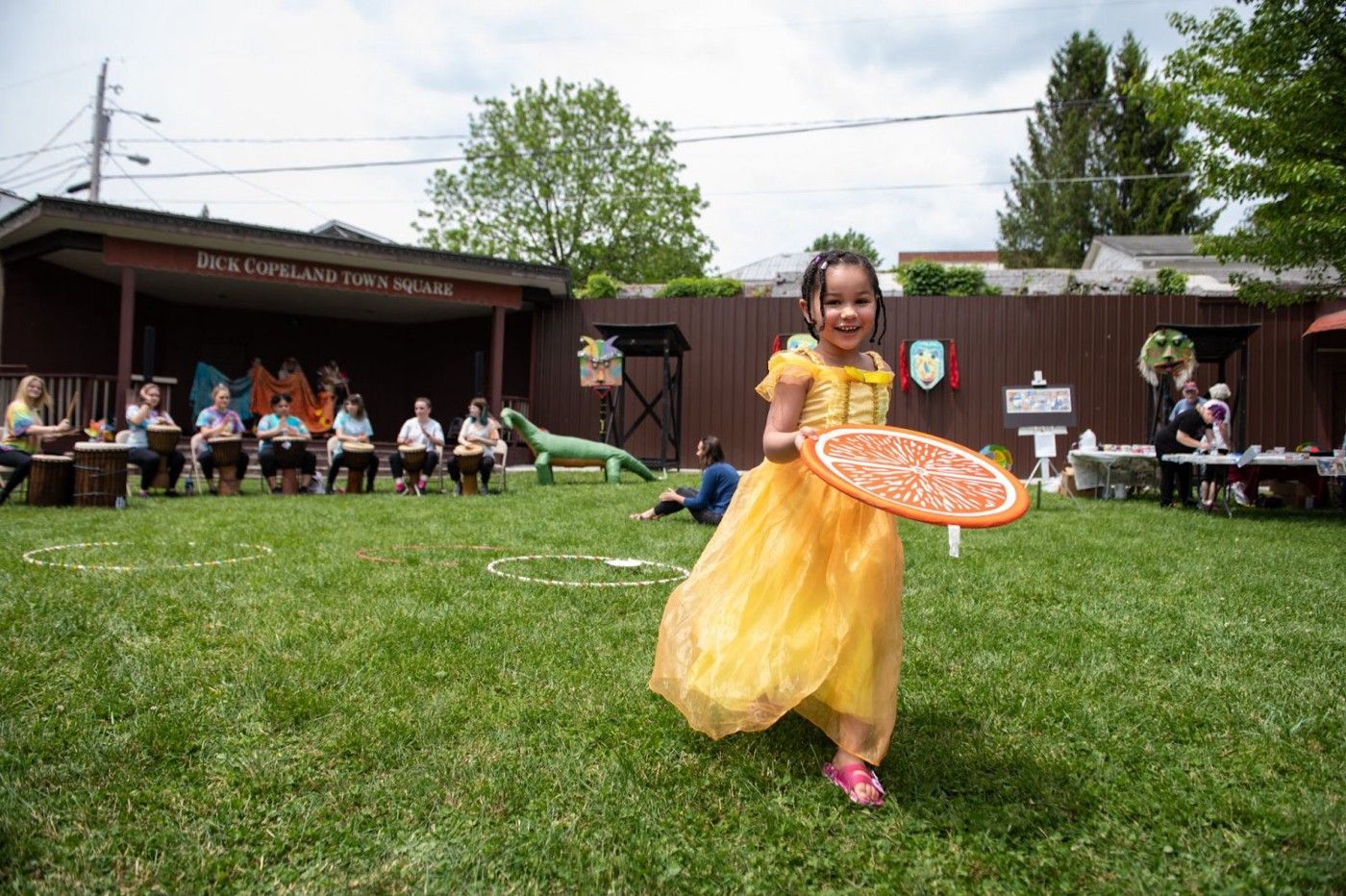
2022-02-10
Cultural and social transformation requires deep, interpersonal work often rooted in storytelling at the community level. The kinds of systemic changes that can transform a region or nation — such as policy changes — are influenced by narrative shift, by a change in our collective belief about what will work to resolve persistent challenges. Narrative shift starts with audiences and ends with powerful stories that can shape (and reshape) the future. In 2020, Bill & Melinda Gates Foundation and other funders launched an ambitious program to provide 28 grants of $100,000 each in the Voices for Economic Opportunity Grand Challenge to a wide array of organizations that will work to correct mistaken assumptions and improve understanding of the barriers to economic mobility through the stories of those who experience poverty. Through this program, participants had access to data infrastructure provided by Harmony Labs, a media research lab, and practitioner strategy provided by Purpose, a social movement incubator, to ultimately create and launch media and campaigns intended to support a framework of policy intervention.
Among this cohort of participants was the West Virginia Community Development Hub (The Hub), an organization with the mission to support West Virginians with the tools, training, and resources needed to create the kinds of high-impact solutions that lead to greater economic mobility for all. The leaders in this organization believe that economy building begins with communities, and their work is driven by the understanding that local residents are subject-matter experts on what is needed to unify communities and grow economies.
The Hub produced a series of short documentaries showcasing community leaders who are making impactful change from the ground up in West Virginia using research from Harmony Labs. The Hub had two primary goals: (1) shifting the belief that West Virginia communities are at times hopeless and without leaders to the belief that anyone in West Virginia can lead positive change, and (2) helping the rest of America see West Virginians as they truly are — resilient, resourceful, and innovative. This work ultimately redefined stereotypical, long-held public assumptions about West Virginian culture by presenting transformative stories showcasing community leaders expressing their self-agency to make impactful change, even in the face of significant challenges, and the vibrant cultures that these leaders helped shape.
The Hub’s work shows how effective, researched storytelling can build a powerful foundation for narrative change.
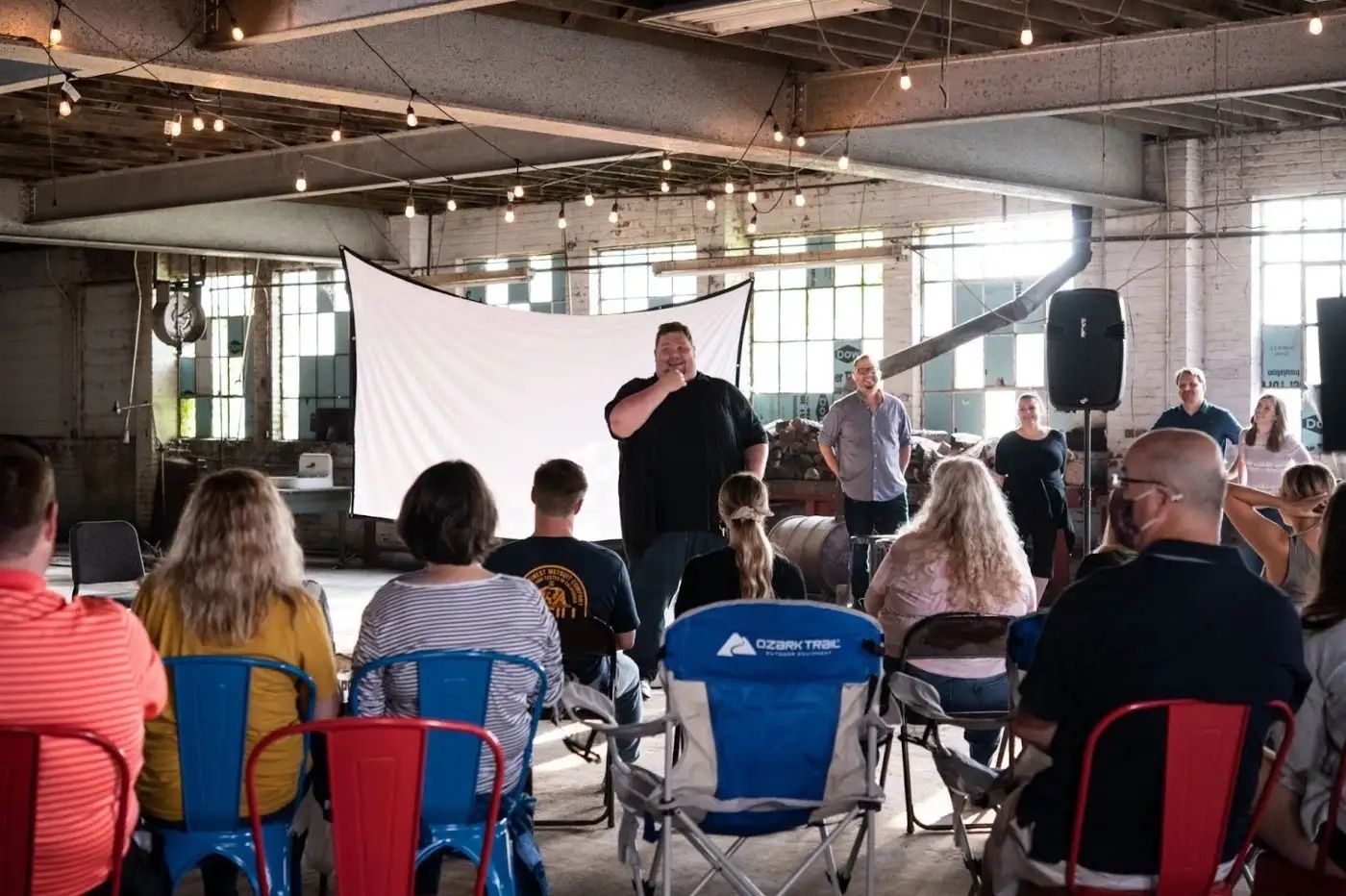 A still from the documentary short about The Vintage Theatre Company.
A still from the documentary short about The Vintage Theatre Company.
Emma Pepper, Director of Strategic Network Communications at The Hub, began this project by addressing a core challenge: how to reflect The Hub’s audience back to themselves and to fellow West Virginians in a way that would motivate more people to both take initiative and scale up their efforts in facilitating increased economic mobility at the local level. To start, they engaged the audience work developed by Harmony Labs that was provided to participants in the Gates Foundation program, focusing attention around the four values-distinct audiences that have become a focal point of the Narrative Observatory. Emma and her team used this audience framework as the foundation to build the organization’s impact initiative. While The Hub previously defined their audience in terms of geography, by county or state-specific location, the values-based audience schema brought a new methodology and vocabulary that enabled the team to target their audience more accurately, more effectively precipitating a narrative change — or shift in core beliefs.
Emma and her team recognized that the audiences who were organically drawn to the organization’s work most closely exhibited shared values with Harmony Labs’ “Tough Cookies” audience. The “Tough Cookies” audience characterization provided more than just basic demographic information like age, gender, race, political affiliation, etc. — the Harmony Labs’ framework for audience profiling allowed The Hub more insight into important voices (Dolly Parton, Reba McEntire, and Donald Trump), key brands that reflected a desire for the cozy pleasures of home (Betty Crocker, Lowe’s, and Purina), and also major news networks where the audiences consumed information (Fox News, CNN, and CBS News).
Emma and her team dug deeper into the Tough Cookies’ psyche through the news and TV they chose for themselves. A “stick-to-it” energy defines Tough Cookies, an audience that plays by the rules and believes in The Grind narrative of economic opportunity: follow the rules, keep working, and eventually your ship might come in. This idea of commitment to carrying on in the face of adversity felt true to the team’s experience of their own audiences, and so did the strong focus on family, faith, and service. Emma and her team imagined how these insights from the data showed up in their own experiences with West Virginians and found an opportunity in something they heard over and over in the work: “I want to give back to make this a better place for future generations. I have hope that, working together, we can make a difference.”
While the Tough Cookies audience profile created a roadmap for The Hub team to understand their audience in a new light, the research shows national trends that are not strongly nuanced by locally-expressed attitudes toward poverty (and moving out of poverty). The region’s historic dependence on natural resource extraction as a means to prosperity creates unique, yet commonly shared, attitudes toward poverty for local residents.
The Harmony Labs research needed to be paired with “translators” who understood how Tough Cookies values were being expressed locally, so the team at The Hub engaged fellow staff members who provide front-line services to West Virginia residents. To explore explicit applications of language, they also conducted A/B testing through Facebook advertisements targeted to West Virginians to ensure that the Tough Cookies values were translated in a way that resonated with local audiences and felt authentic to their lived experience.
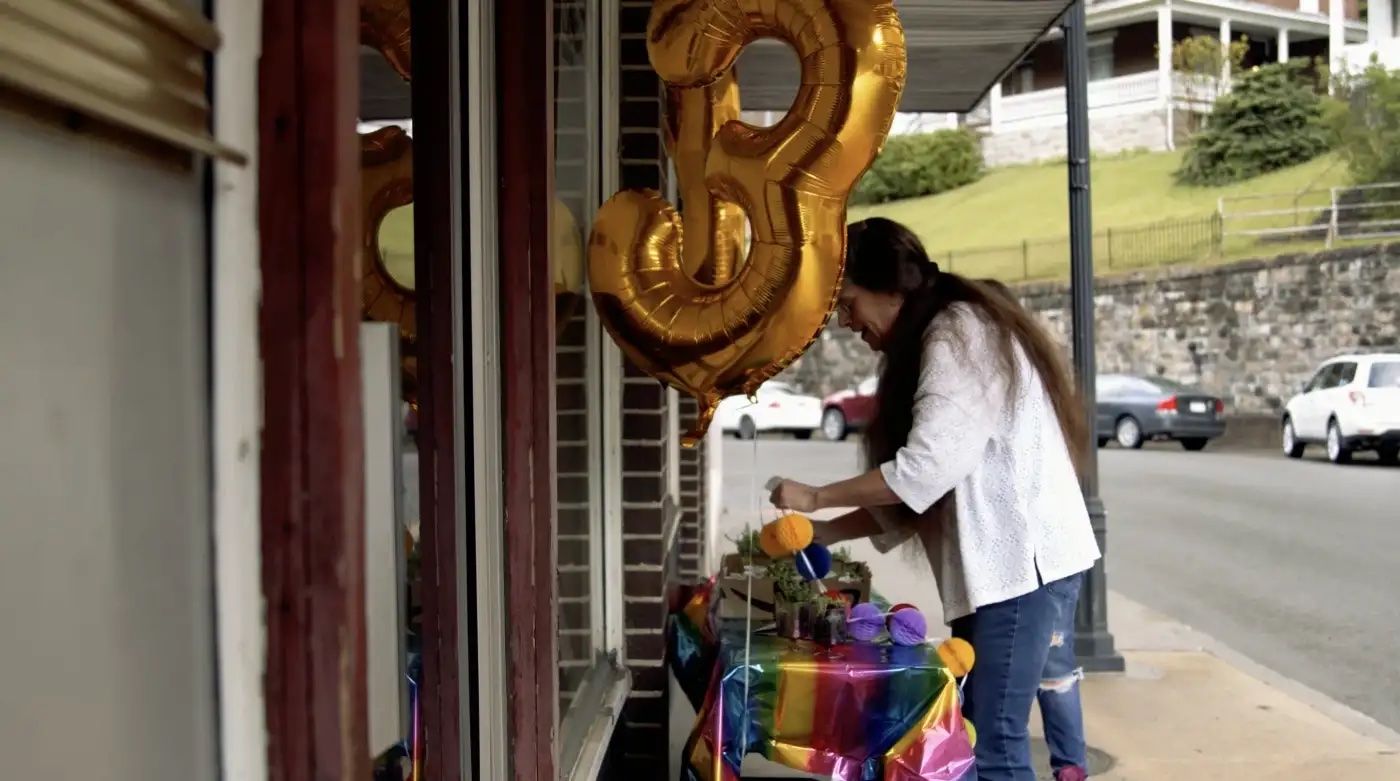 A still from the documentary short about The Welch News in McDowell County, WV.
A still from the documentary short about The Welch News in McDowell County, WV.
Beyond intellectually knowing what the audience was about, the cultural symbolism that The Hub found in the Harmony Labs data shaped the setting for their stories. Storytelling about Appalachia is deeply intertwined with imagery that came about as part of advocacy efforts for the War on Poverty championed by Lyndon B. Johnson in the 1960s. During this time, photographers were dispatched to Appalachian communities such as West Virginia and Kentucky to capture images of rural poverty. The resulting images were primarily black and white photographs of white residents wearing torn and dirty clothing and living in dilapidated housing. The formula for these images has been replicated so many times over the following decades that a simple Google image search of “Appalachian poverty” yields thousands of examples.
The Hub team knew they needed to show West Virginia as it actually is.
Seeing the look and feel of the entertainment TV shows that Tough Cookies choose for themselves offered a creative opportunity to flip the script. These shows often feature the outdoors, but portray the browns laced with gold. That’s not an accident — TV companies have done plenty of research on the look and feel that their audiences like — but Tough Cookies prefer a little sparkle in their entertainment and a hint of miracle in their stories.
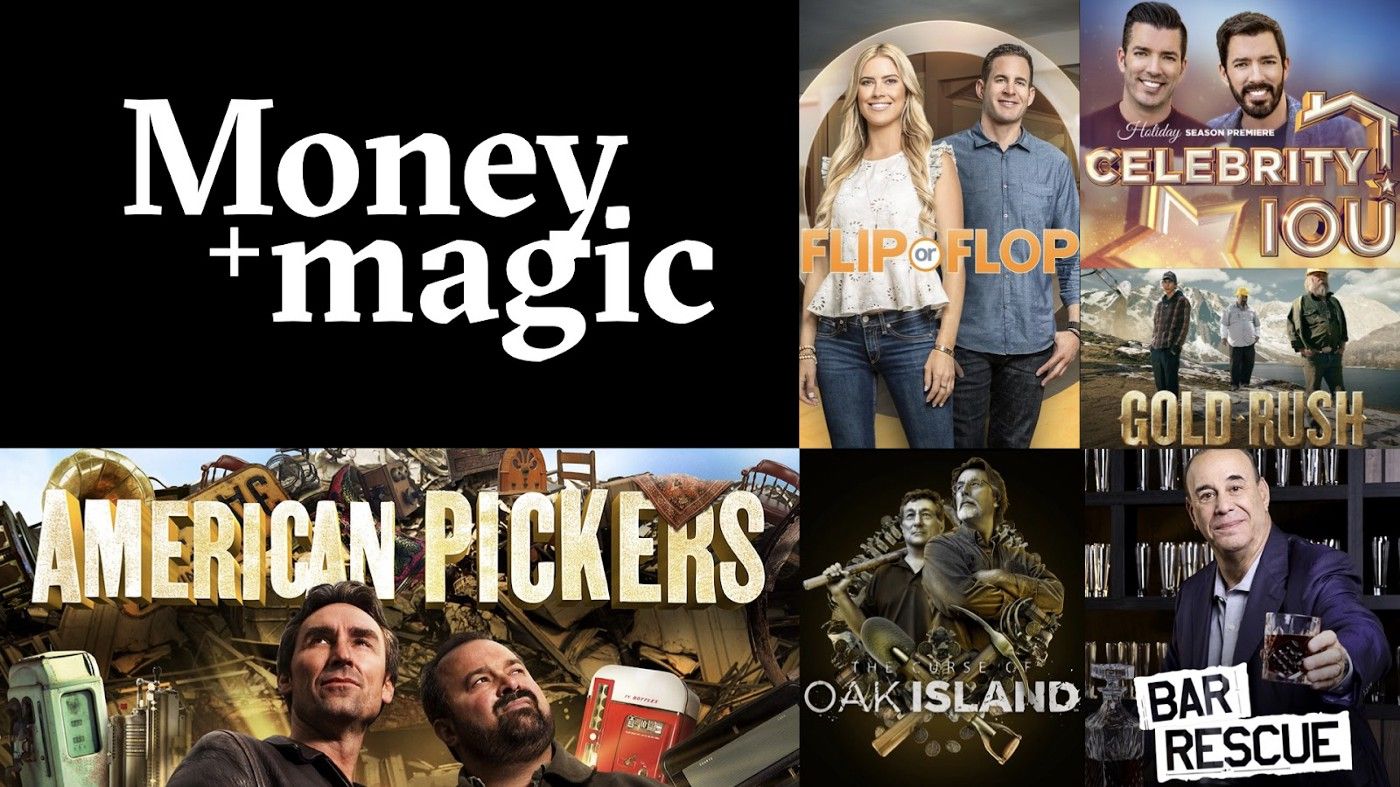 TV shows consumed by the Tough Cookies audience.
TV shows consumed by the Tough Cookies audience.
In response, The Hub filmed their localized community documentaries in the summertime, waiting until there was green on the trees and an abundance of natural lighting. They emphasized warm colors, natural light, and an overall aesthetic sense of vibrancy in their creative. Story subjects were often portrayed in imagery with natural light beaming directly onto their faces, using aesthetic decisions to lift them up as the heroes in their own narratives.
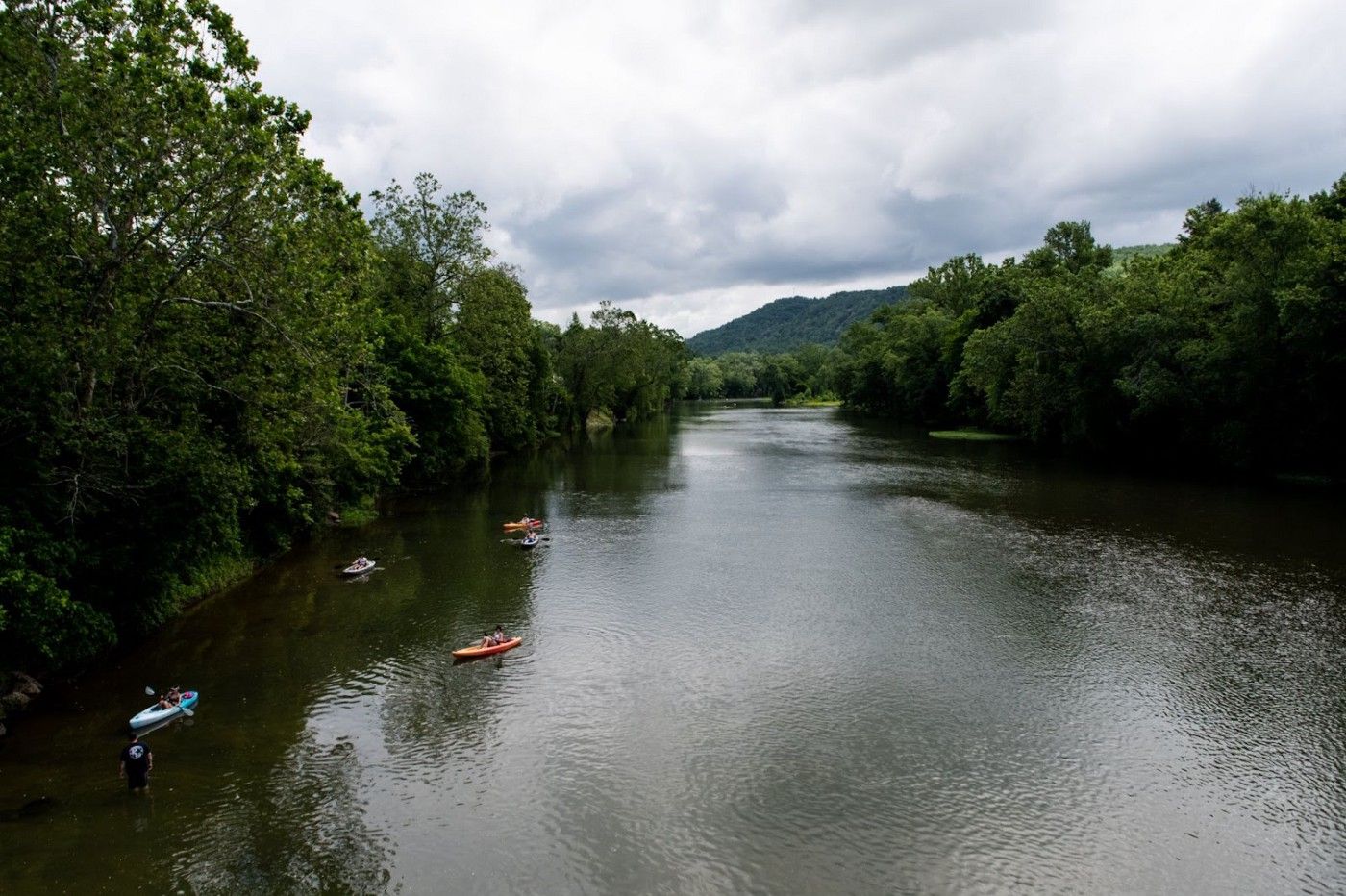 A still from the documentary short about the Hinton Community.
A still from the documentary short about the Hinton Community.
As The Hub prepped to film their mini-documentaries, it became clear: stories are so much more than visuals. Armed with the Tough Cookies audience profile, The Hub began working with a local creative agency (led by a founder who identifies as a “Tough Cookie” audience member) to produce short-form documentaries. Cultural fit, messaging fit, and motivation fit became the core components of how to build the “characters” at the center of these stories — in other words, West Virginian viewers had to see themselves in and be seen by the documentaries to engage with the mission of The Hub.
Lori McKinney of The RiffRaff Arts Collective is part of a community in Princeton, WV that has partnered with fellow residents to use creativity, art, food, and performance to economically and culturally revitalize The Mercer Street Grassroots District. That story is at the heart of the documentary short The Hub produced, centering the video around the people of Princeton and their embodiment of the Tough Cookies ethos, focusing on a devoted, tireless, creative dedication to their community’s growth. McKinney herself said affirmatively, “The ways that we shape our world create the world that we want to live in. It’s about what we do together.”
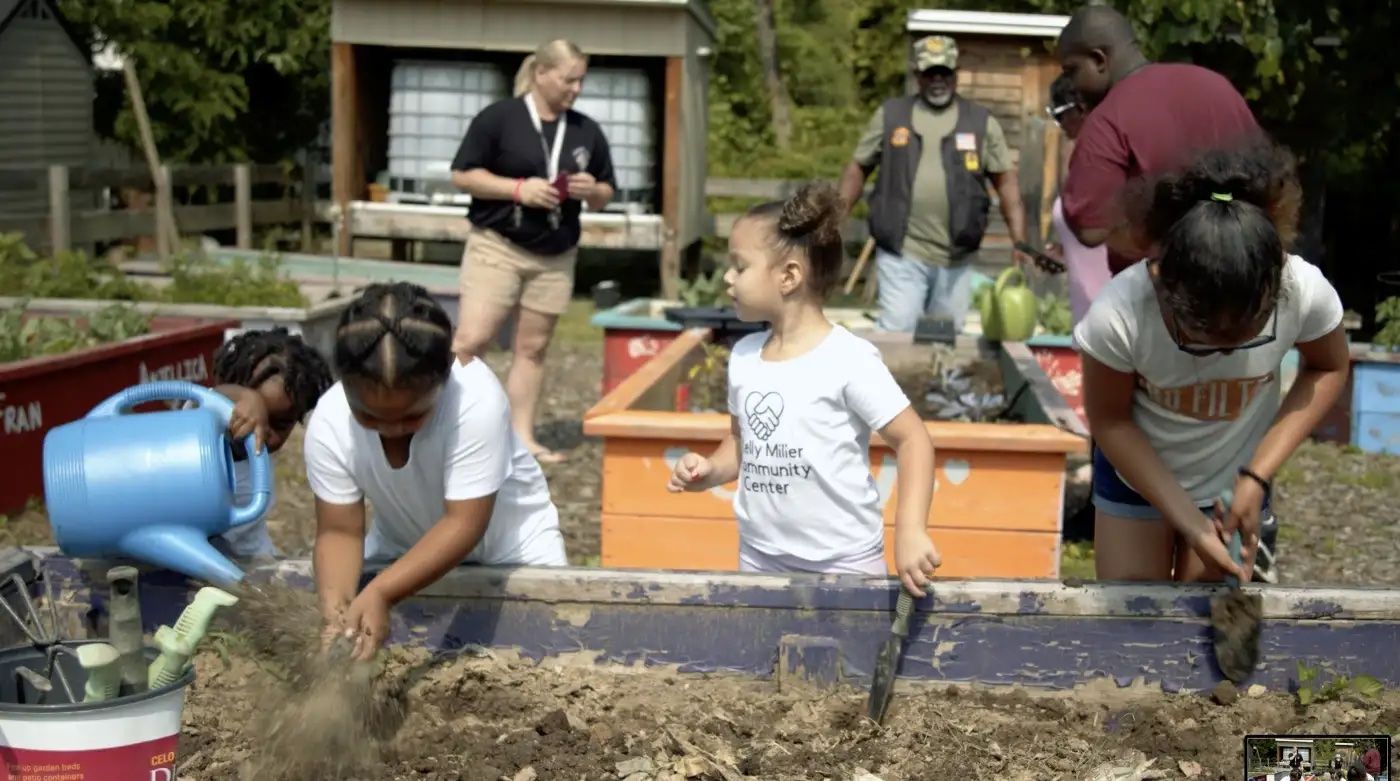 A still from the documentary short about the Monticello neighborhood of Clarksburg, WV.
A still from the documentary short about the Monticello neighborhood of Clarksburg, WV.
Being able to pick an aesthetic, pair it with a protagonist (or a group of them), and build a clear framework around individualized experiences is the heavy lifting of narrative change storytelling. Having the research is only the beginning — being able to responsively build a story that feels authentic requires accepting (and rejecting) discovered elements about target audiences to create messaging and strategies that will aid in building overwhelmingly powerful narratives of change.
And, indeed, a specifically developed and chosen protagonist-centered ethos at the heart of these stories from The Hub has paved the way for effective engagement — the video about the Kelly Miller Community Center in the Monticello neighborhood of Clarksburg, WV was a wild success in the Center’s fundraising efforts, resulting in an unexpected $140,000 grant after swaying the heart of a major local funder.
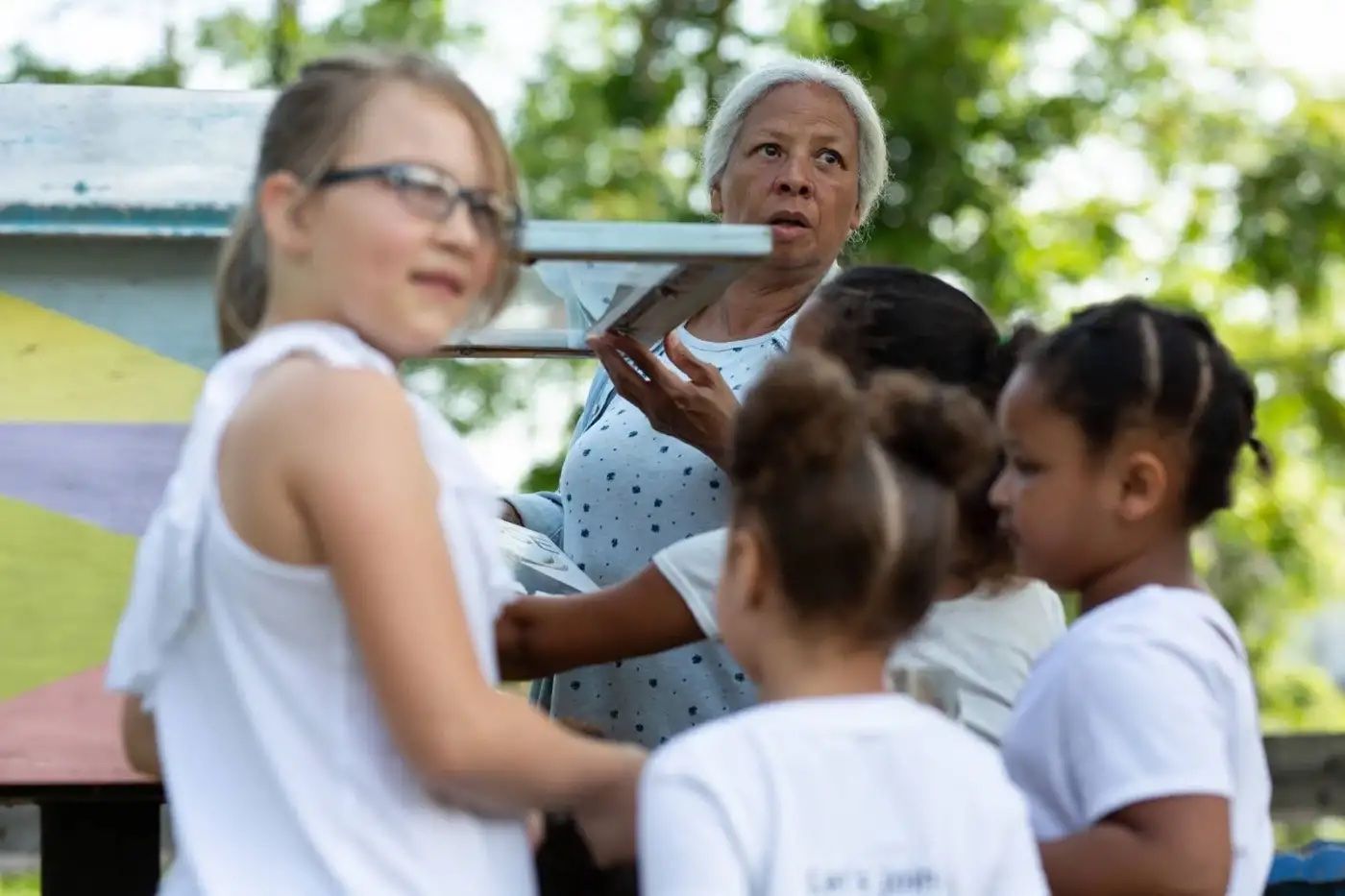 A still from the documentary short about the Monticello neighborhood of Clarksburg, WV.
A still from the documentary short about the Monticello neighborhood of Clarksburg, WV.
Results like this with The West Virginia Community Development Hub provide a creative model for high-impact storytelling that can be sustained — but requires effective distribution of the created media to scale the project and ensure that narrative change leads to the systemic changes, such as changes to policy, that are necessary to break the cycle of intergenerational poverty present in West Virginia and create much-needed economic momentum. It is certainly one thing for the research to influence growth results and lead to small wins (like a powerful video incentivizing a grant), but another entirely to be able to maximize these impacts to drive lasting, transformative community change. Scaled distribution will allow for programs to be advanced and grown, and each new produced piece of carefully constructed media will pull efforts forward one story at a time.
If you are interested in leveraging audience and culture work like this in your own community outreach and narrative intervention efforts, get in touch to start a conversation.
This blog is based on research funded in part by the Bill & Melinda Gates Foundation. The findings and conclusions contained within are those of the authors and do not necessarily reflect positions or policies of the Bill & Melinda Gates Foundation.


